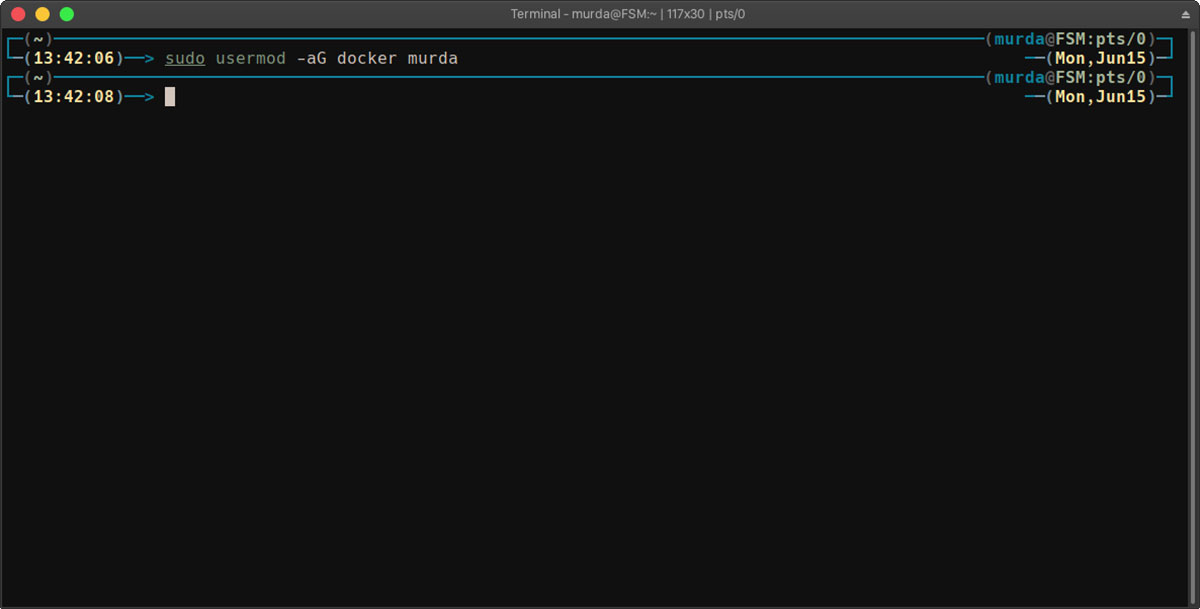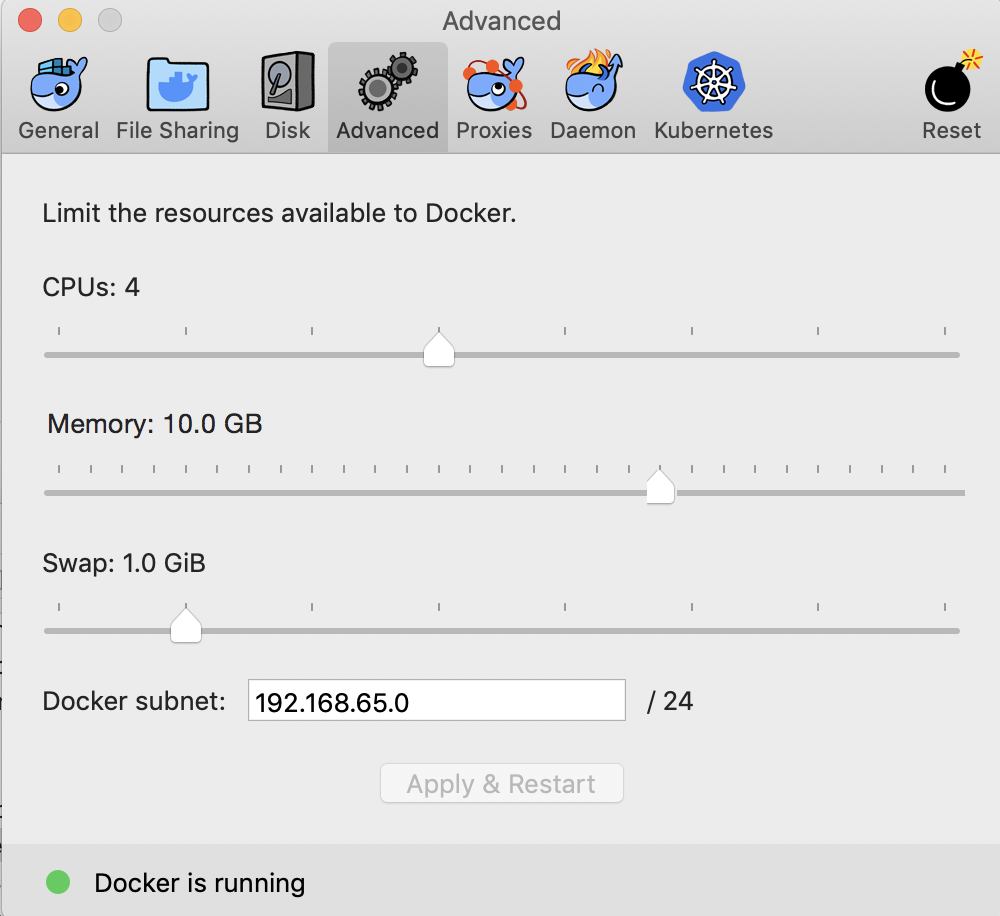

This means that for most use cases, you'll be able to attach your volumes without issue.

Since mounting volumes into a container is one of Docker's big strengths, DLite also mounts your entire /Users directory into the virtual machine via NFS. There's no need to set any environment variables, or to eval some strange looking command. Since DLite creates a /var/run/docker.sock file that simply forwards requests to the correct port of the virtual machine, there is no additional setup.
#Docker on mac os x install#
After waiting a few seconds (the virtual machine needs a short amount of time to boot) and installing the Docker client if you haven't already (I recommend homebrew for that, brew install docker), you can start running Docker commands. Since DLite leverages a per-user launchd agent, it will run as soon as you log in. You could also log out and log back in to have it started for you automatically. Currently the operating system in use is DhyveOS another of my projects that was created with the intention of giving you the smallest possible OS to allow running Docker.Īfter the installation, you can start the virtual machine by running launchctl start local.dlite.

The installation script creates an empty file to serve as your virtual machine's hard drive, and downloads an operating system that the virtual machine will run. Installation is as simple as downloading the binary for the latest release, copying it somewhere in your PATH (homebrew users, the easiest place is /usr/local/bin/) and running sudo dlite install. I wrote DLite in Go, which allows me to distribute it as a single binary, which is incredibly user friendly. That idea was the inspiration behind my project DLite. This means no more running eval commands in your bash profile, something that has always made the Ops part of me very nervous. Since the Docker daemon is actually running in a virtual machine, that file doesn't exist in OS X so we have to tell the client what to connect to by setting environment variables.īut what if we could just make that socket file exist? That would remove the need for setting environment variables. The reason those environment variables are necessary is because the Docker client defaults to sending requests to /var/run/docker.sock, which is a unix socket file that exists on a computer that's running the Docker daemon. Why do I need to run eval $(docker-machine env docker) just so I can work? I just want to use Docker, I don't want to have to remember to run a command and pay attention to environment variables just to build a container. These existing tools work well, but I felt like they were too complex. This allows you to configure the Docker client to communicate with the virtual machine, effectively allowing you to use containers in OS X. These tools create and manage a virtual machine for you that runs the Docker daemon. There have been several solutions for this, such as boot2docker and docker-machine. However, there's one big challenge with adopting Docker for our developers: it doesn't natively work on OS X.

With everything containerized, it becomes very easy to run an arbitrary number of apps on a small cluster of servers. In a very short amount of time it's drastically changed (for the better) how we at &yet deploy our applications.


 0 kommentar(er)
0 kommentar(er)
